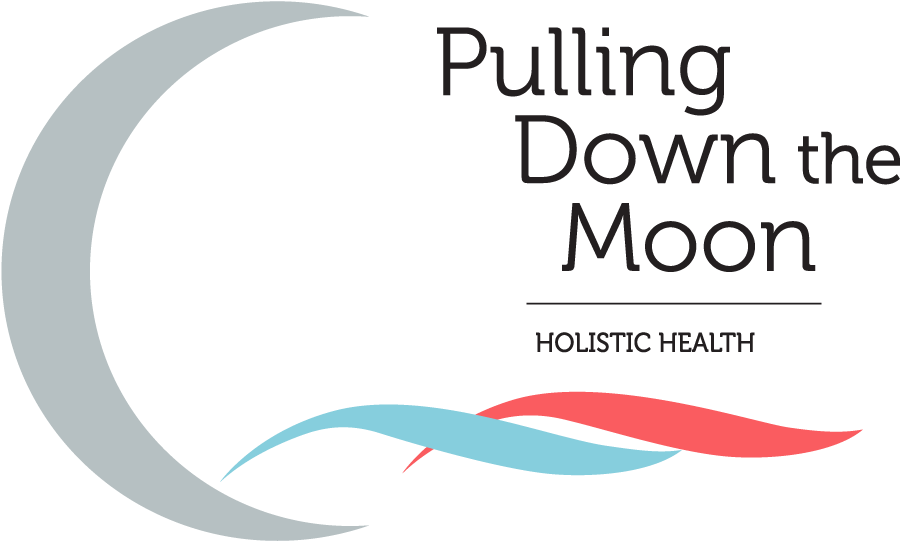Exercise Training for “The Boys

Studies suggest that there is a relationship between exercise and male fertility. Interestingly, men who have a moderate exercise program (1 hour of exercise 3 times per week) have been shown to have better sperm parameters than men with heavy training regimens like marathoners and triathletes (Vaamond et al. 2009). And gals, even if your guys isn’t a pro athlete he may still be working out in a way that’s not optimal for fertility. Too much exercise, inadequate rest between workouts and “weekend warrior bouts of intense activity could stack up to impair sperm count, morphology and motility.
This may in part relate to the fact that habitual, moderate physical activity can act as an antioxidant because it “trains” our body to become a better producer of antioxidant enzymes. However, when exercise becomes intense and exhaustive, or when we do not allow time for the body to rest and repair, cell damage due to oxidative stress can occur. Here are some guidelines to pass along to your honey to make sure both he and “his boys are staying fit:
Fertility-Friendly Exercise for Guys
- About an hour of moderate intensity cardiovascular three times per week is optimal for fertility. He should keep his heart rate around 65-75% of max and make sure there’s adequate time to rest and restore between workouts.
- Resistance training will help your honey maintain lean body mass, stay strong and look like a hottie . Again, taking time to rest and restore is key. Allowing for at least 48 hours of rest between resistance training sessions optimizes muscle repair and workout efficacy.
- Practice yoga. When we say yoga is good for stiffies we don’t just mean tight muscles. Stretching reduces chronic stress and releases tight muscles in the hips, back and groin. Net result: less tension and improved blood flow to the pelvic organs…natural Viagra!
- Avoid back-to-back strenuous work-outs. Stagger cardiovascular training with resistance training and yoga/stretching routines to achieve optimal fitness with minimal side-effects.
- Keep the shorts loose and the “equipment cool. Avoid saunas, steam rooms and hot tubs.
- Practice relaxation training every day. In the go-go world in which we live, our bodies and minds have forgotten how to relax. Taking 15 minutes a day to practice meditation, conscious breathing or deep relaxation is imperative to combat the toll that stress hormones take on our health and fertility.
With this exercise wisdom “under his belt, (so to speak) your guy can do his part to make sure both he and his swimmers are in tip-top shape!
Vaamond et al. Response of semen parameters to three training modalities. Fertil Steril 2009; 92: 1941-6.
Share on Social
Discuss With Us
Our Latest Resources



